Established in 2012, ODC Conservation Services provides natural area management and ecological restoration services, invasive species management, and wildlife habitat improvement services to public, commercial, and private landowners throughout West Michigan.

For non-native brush and trees, removal with machinery is often recommended. Our methods range from targeted cutting, mowing, girdling, and hand-pulling where applicable.
Where applicable, biological solutions such as the Galerucella or “purple loosestrife beetle” may be used to naturally suppress and control invasive populations.
As certified applicators, we use carefully targeted herbicide applications to manage invasive species and prevent off-target impact.
Prescribed burning involves the controlled application of fire on natural areas to manage encroaching invasive species, recycle nutrients back to the soil, and enhance biodiversity. Using licensed professionals, we manage ODC Network properties with controlled burns and assist our clients with prescribed burn planning and logistics.
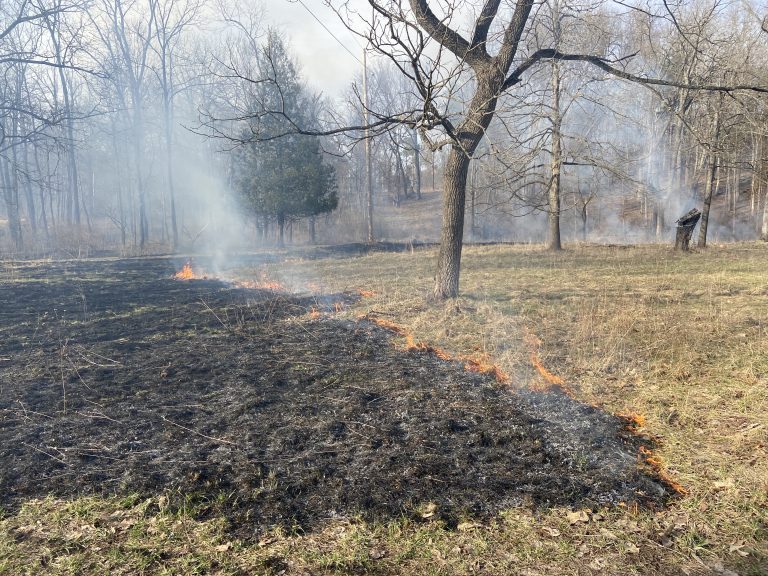
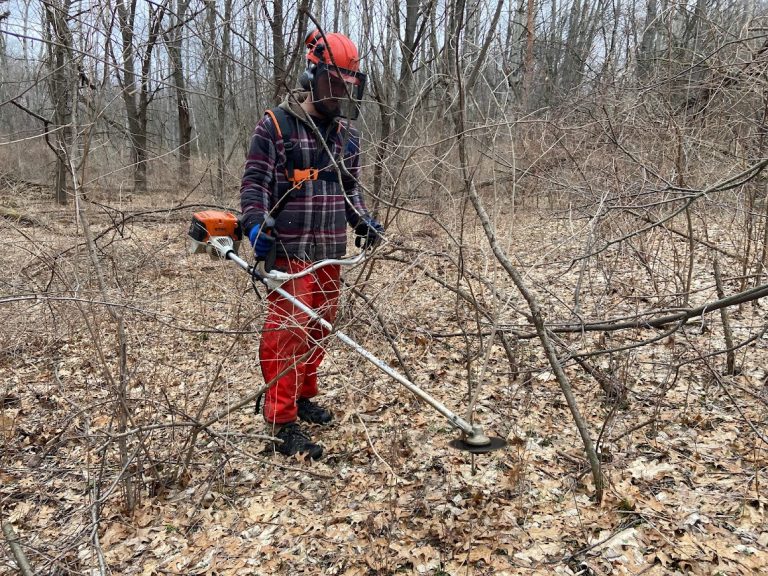
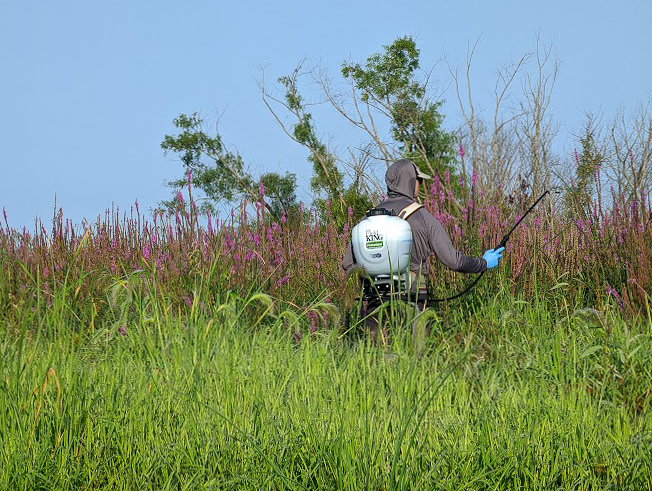
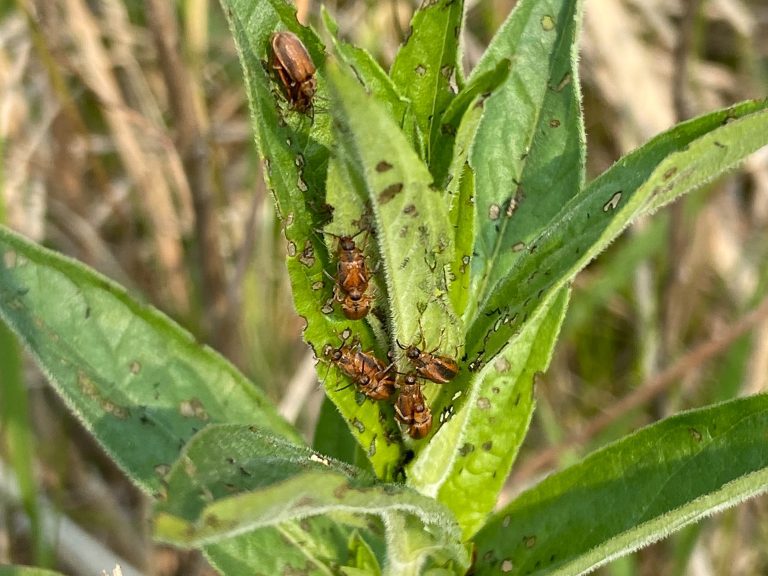
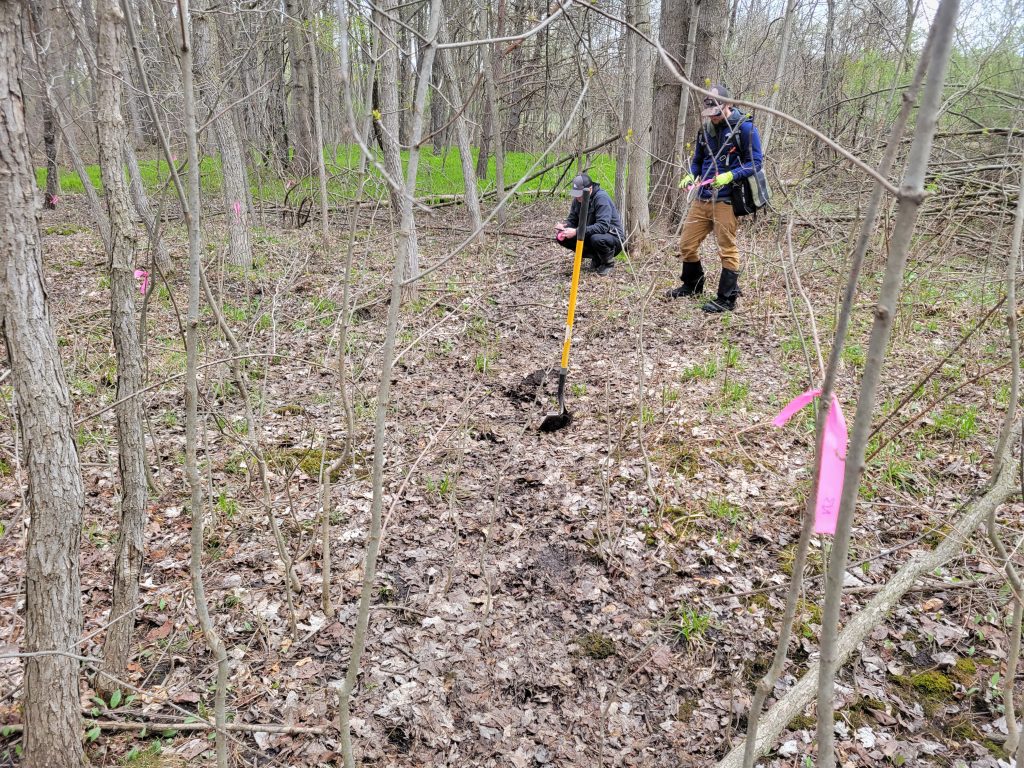
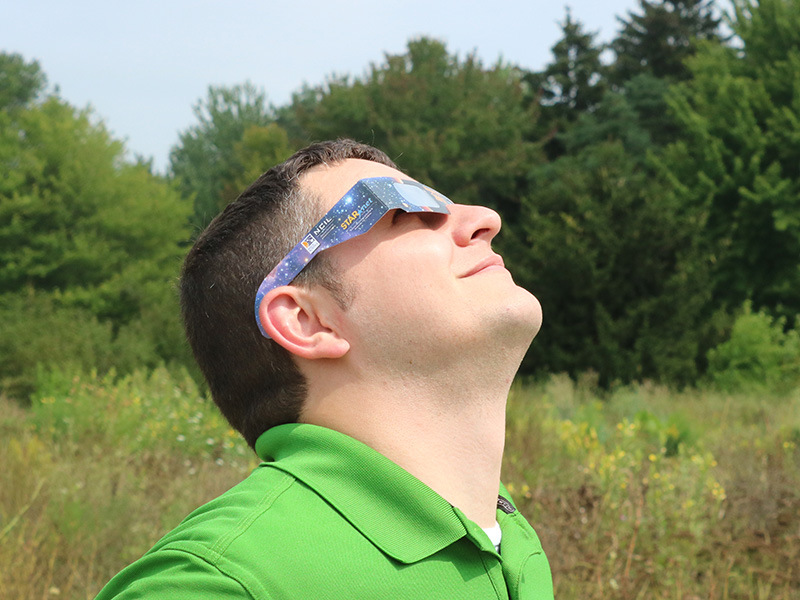
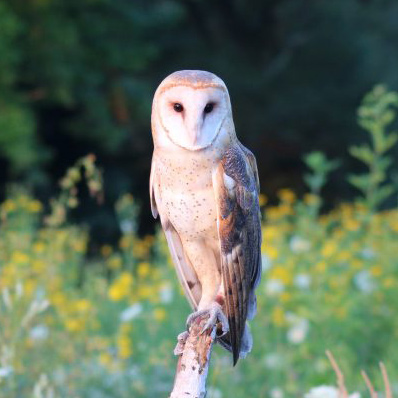

ODC Conservation Services is a proud division of the ODC Network, a registered 501(c)(3) non-profit organization founded in 2000 with the purpose of advancing outdoor education and conservation in West Michigan.



4214 56th Street Holland, MI 49423
ODC Network 2023. All Rights Reserved